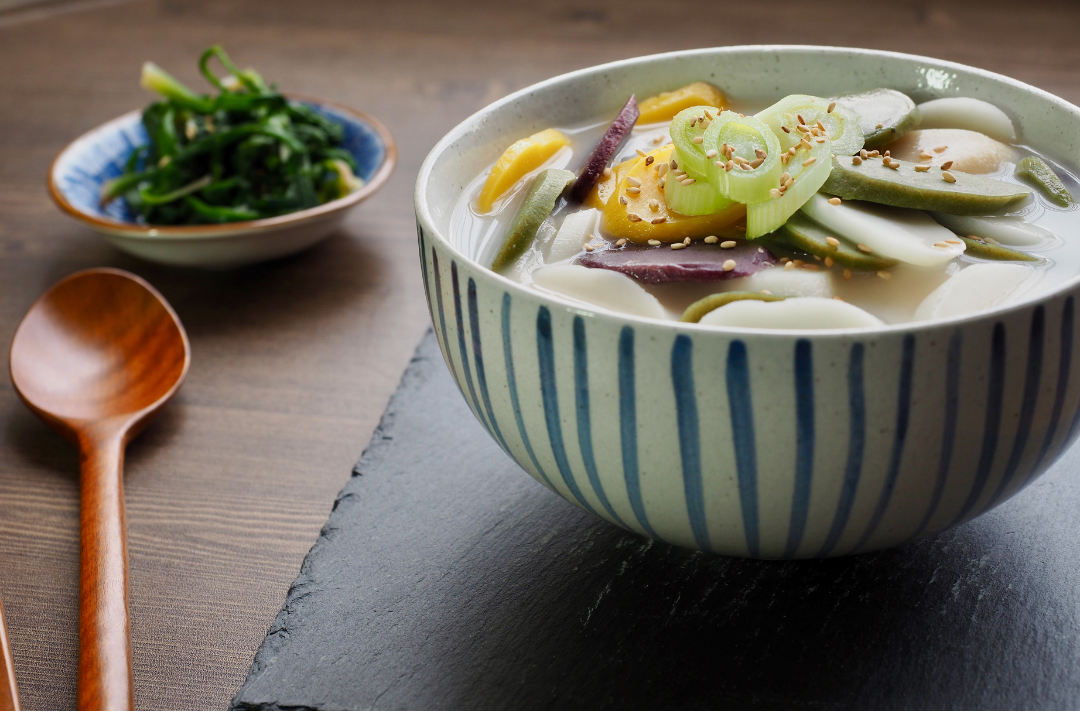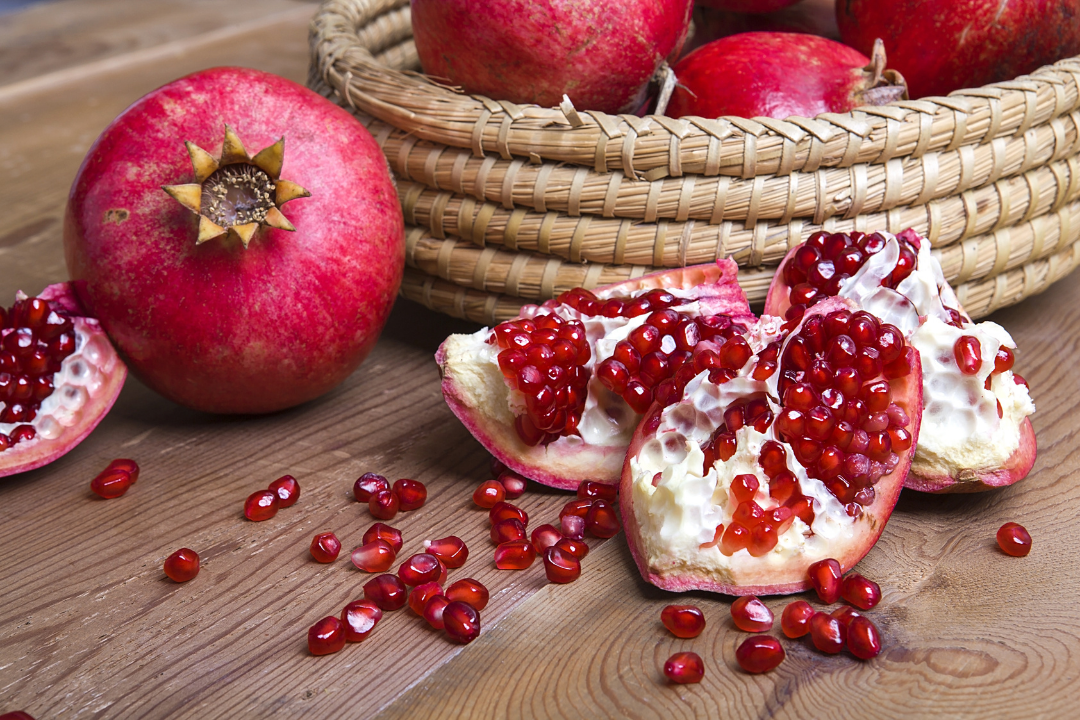It is fascinating how different countries worldwide welcome the new year. New Year’s celebrations start the evening of December 31, New Year’s Eve, and continue into the early hours of January 1.
Common traditions worldwide include watching fireworks and eating food to bring them luck. Making resolutions for the new year is thought to have first caught on among the ancient Babylonians, who promised to earn the gods’ favor and start the year off right.
Let me take you on a tour of how fascinating different countries welcome the new year. You might want to try these traditions. Who knows, these could bring you luck or good fortune next year!
USA
This year the granddaddy of all New Year’s celebrations – the ball drop in Times Square. To escape the crowds, Virtuoso advisors suggest a hotel room with a view of the 11,875-pound Waterford crystal ball.
Japan
Eating soba noodles just before midnight on New Year’s eve forms part of the Japanese tradition. The long noodles signify crossing from one year to the next. It’s like saying, “let go of the past year’s woes and regrets (cut these noodles off) before the new year’s fresh start brings.”
Philippines
The most common tradition in the country is serving 12 round fruits, wearing polka dots which Filipinos believe in bringing wealth and prosperity. Children try to jump as high as possible when the clock strikes precisely at midnight because they believe this will make them taller.
South Korea
Nothing comforts the soul like a hot bowl of soup. South Korea’s Tteokguk is a soup required for New Year’s. South Korean New Year, known as Seollal, falls in late January or early February, and the South Koreans believe that the soup will bring those who eat it good luck in the new year.
Spain
Who would have thought that eating 12 grapes could bring good luck? Each of these twelve grapes represents each month of the year. In the last 12 seconds of the year, people eat 12 green grapes to bring good luck. It will be bad luck if you can’t eat them all by the final midnight chime.
If you wish to fall in love in the coming year, it’s a tradition in Spain to wear red underwear! This cupid-calling good luck charm only works if the underwear were a gift in some parts of Spain. In others areas, you have to give your festive underwear away by the end of the night for this to work!
Italy
Lentils on New Year? Yes! Italians believe that they bring money in the new year – perhaps because they resemble small coins! So, cotechino con le lenticchie is a must-try combination if you are in Italy on NYE!
Colombia
Colombians place three potatoes, one peeled, one unpeeled, and one half-peeled, under their beds on New Year’s Eve. When the clock strikes midnight, they pull out the first potato they touch. If the potato is peeled, they’ll have financial problems, unpeeled indicates abundance, and half peeled means somewhere in between.
Brazil
In Brazil, seven is the lucky number on New Year’s Eve. Eating seven pomegranate seeds will have enough money, and seven grapes ensure abundance in all areas of life. Since it is Summer in Brazil, those who live by the ocean can jump over seven waves in the sea, making seven wishes for the new year as they leap. Lucky 7 indeed!
Greece
Vasilopita, a sweet yeast bread with orange zest and sesame seeds, is eaten by the Greeks ringing in the New Year. The cook puts a coin in the bottom of the pan. Then the pan is spun, so the cook doesn’t know the coin location. The person who chooses the piece of bread with the coin is in for a year filled with good fortune.
Turkey
Want to have more fun? Turkey’s tradition may be messy, but this feels festive! Turkish locals smash pomegranates on their doorways for New Year. They believe that good fortune in the coming year is related to the number of seeds that fly out of the fruit upon impact. Gather your strength, and make sure to make those seeds fly!
Ireland
Banging bread against the walls of Irish houses is a New Year’s Eve tradition that signifies chasing away evil spirits and inviting good luck in. They believe that it will ensure that the coming year will be filled with abundance.
Denmark
In Denmark, tradition dictates—affectionately!—shatter dishes, plates, and cups against the doors of your friends’ homes to ward off evil spirits and welcome happier vibes in the chaos.

Shattering plates for luck in Denmark on New Year’s Eve
Cultures worldwide have different New Year’s traditions that help them start the following year right. It would be fun to begin a new tradition by drawing inspiration from our list.
Celebrating New Year’s in another country is a fantastic cultural immersion. I can’t begin to tell you what a thrill it is! If you want to celebrate the new year in another culture, plan ahead and reach out to us here. We would be more than happy to arrange a wonderful and unique trip for you.







